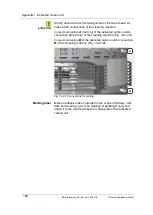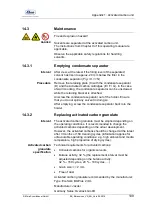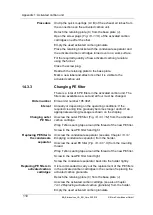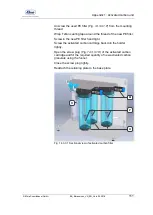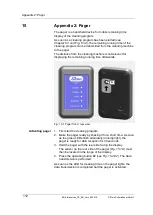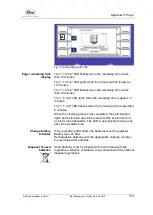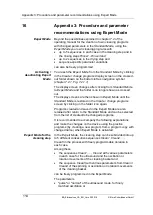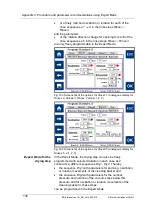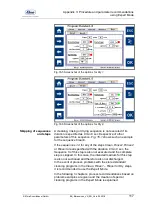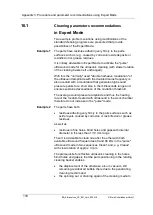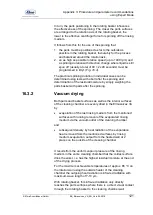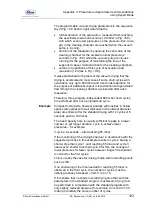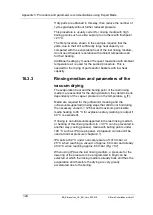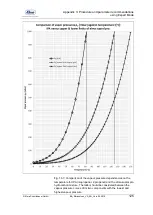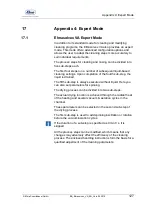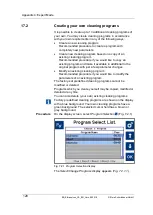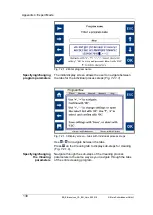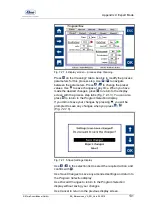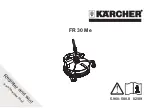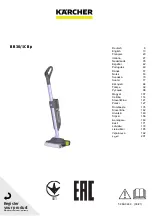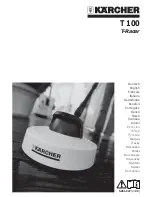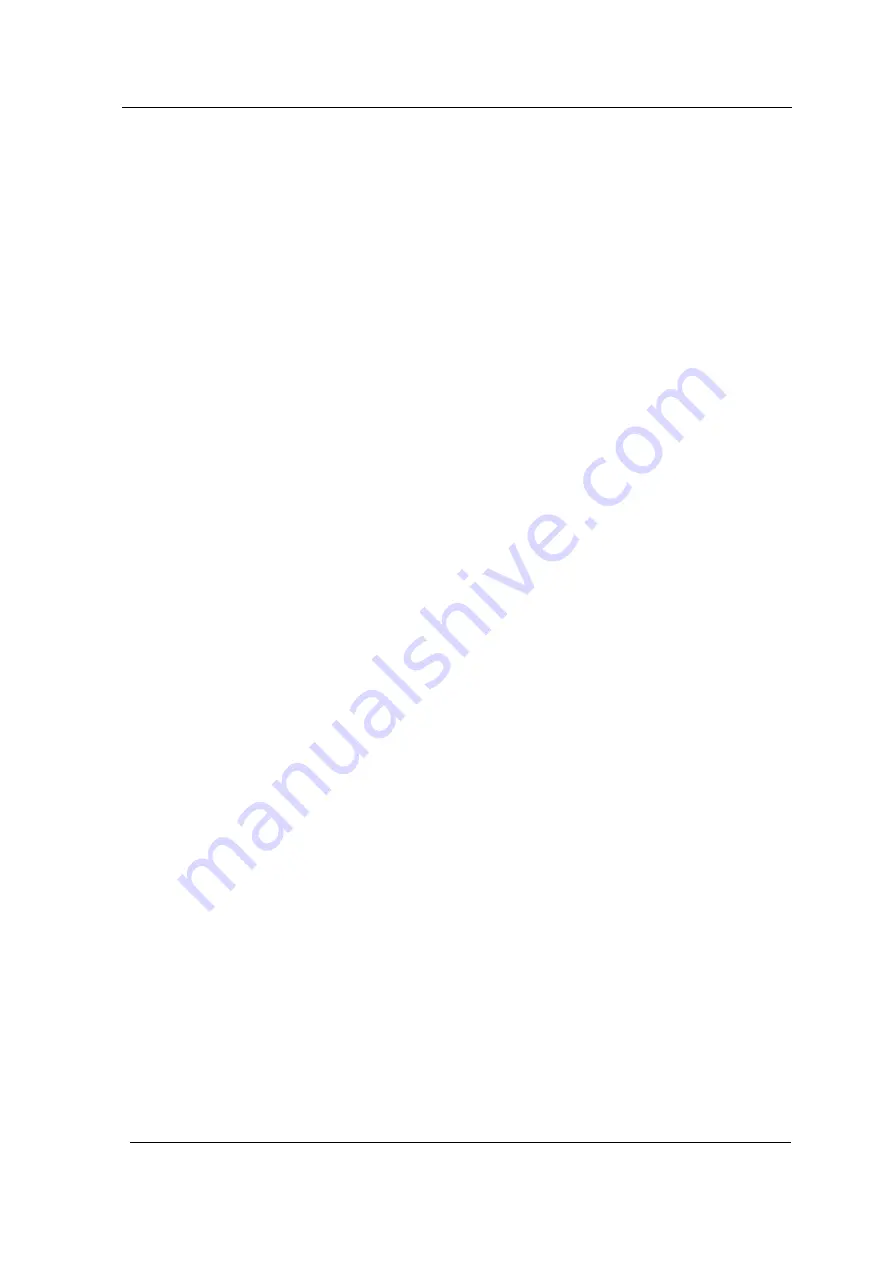
Appendix 3: Procedure and parameter recommendations using Expert Mode
118
BA_Elmasolvex_VA_EN_Vers.05.2018
© Elma Schmidbauer GmbH
16.1
Cleaning parameters recommendations
in Expert Mode
Two example problem solutions using modifications of the
standard cleaning programs are presented that provide
possibilities of the Expert Mode:
The parts have residues adhering very firmly to the parts
surfaces such as (e.g. caused by corrosion) oxide deposits or
resinified oil or grease residues.
It is initially advisable in Expert Mode to activate the "pulse"
ultrasound mode for the ultrasonic cleaning (with slower rotation
of the cleaning basket left unchanged).
With this the "normally" used "double half-wave modulation" of
the ultrasound amplitude with the doubled mains frequency is
also overlaid with a modulation that generates high sound
pressure peaks for a short time in the milliseconds range and
ensures sustained exceedance of the cavitation threshold.
The average sound pressure amplitude and thus the heating
rate of the medium treated with ultrasound in the work chamber
therefore do not increase in the "pulse" mode.
The parts have both
•
residues adhering very firmly to the parts surfaces such as
oxide layers caused by corrosion or resinified oil or grease
residues
as well as
•
residues in fine holes, blind holes and gaps with internal
diameter in the less than 1/10 mm range
Then it is advisable to clean one after the other with both
available ultrasound frequencies 40 and 80 kHz in the "pulse"
ultrasound mode in two sequences Clean1 and, e.g.
Clean2
with slow rotation of approx. 3 rpm.
The prerequisite for effective ultrasonic cleaning in the holes,
blind holes and gaps is that the parts positioning in the rotating
cleaning basket enables
•
the displacement of the otherwise, also in vacuum, still
remaining residual air bubble there due to the penetrating
cleaning medium and
•
the spinning out or draining again of the cleaning medium
Example 1
Example 2





